Table of Contents
Direct Answer to What Spices Are in Sausage
The most common spices in sausage include paprika, garlic, black pepper, salt, cumin, and oregano. These foundational ingredients create the distinctive flavor profiles across different sausage varieties worldwide. Salt serves as both a flavor enhancer and preservative, while garlic provides depth and savoriness. Paprika delivers color and either sweetness or smokiness depending on the variety. Regional variations add specific spices like fennel in Italian sausage, cumin in Mexican chorizo, and caraway in German bratwurst.
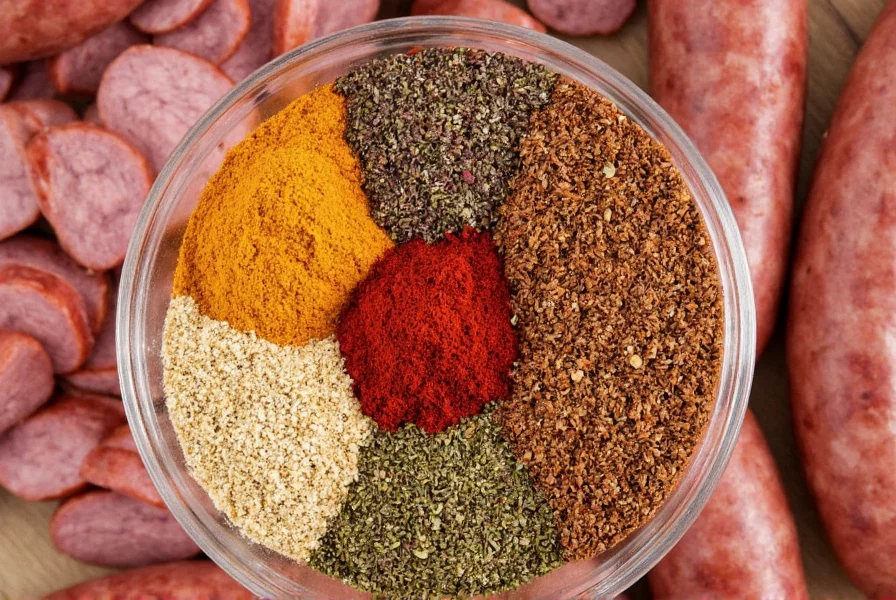
Most Common Spices in Sausage
Understanding what spices are in sausage begins with these essential ingredients that form the backbone of nearly all sausage recipes. While specific blends vary by region and tradition, these spices consistently appear in quality sausages:
- Paprika – This versatile spice appears in almost every sausage variety. Sweet paprika provides color and mild sweetness in Italian and Polish sausages, while smoked paprika delivers that distinctive charcuterie flavor in Spanish chorizo and Portuguese linguiça.
- Garlic – Whether fresh, powdered, or minced, garlic is non-negotiable in quality sausage. It provides the savory depth that complements pork, beef, chicken, and other meats used in sausage production.
- Black Pepper – Whole, cracked, or ground, black pepper adds that essential peppery bite that balances the richness of the meat and other spices.
- Salt – Crucial for flavor enhancement, preservation, and proper texture development through protein extraction. Most sausage recipes use approximately 2-3% salt by weight of the meat, as verified by USDA Food Safety and Inspection Service guidelines for safe meat processing.
- Cumin – This earthy, warm spice features prominently in Mexican chorizo, morcilla (blood sausage), and certain Middle Eastern varieties.
- Oregano – Particularly in Mediterranean sausages, oregano adds that characteristic herbal note that defines many Italian and Greek varieties.
- Fennel – The signature spice in Italian sausage, providing that distinctive slightly sweet, licorice-like flavor.
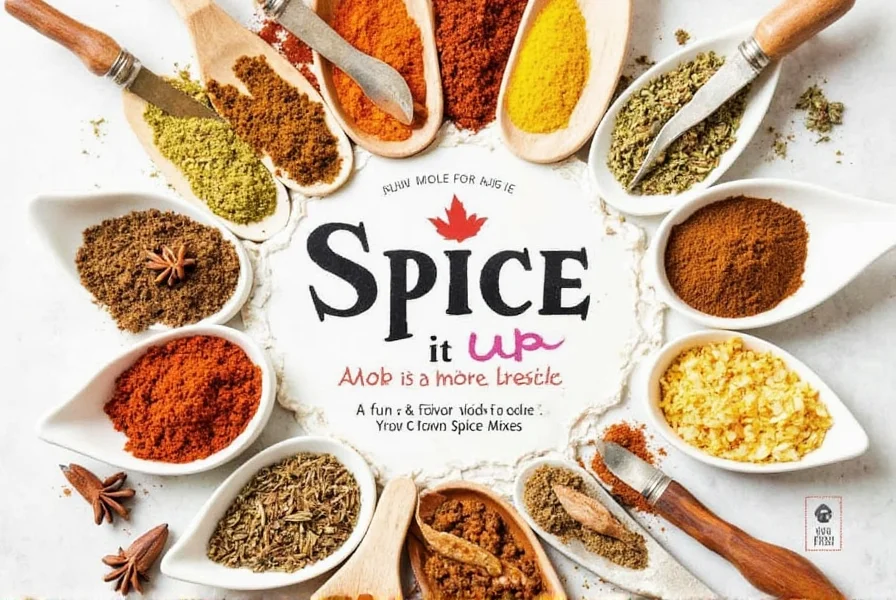

Spice Blends and Regional Variations
The true magic of sausage making happens when these individual spices combine into signature regional blends. Traditional sausage recipes often guard their exact proportions as closely as family secrets, but these common combinations define sausage varieties worldwide:
| Region | Signature Spices | Key Characteristics |
|---|---|---|
| Italian | Fennel seeds, garlic, paprika, oregano, red pepper flakes | Sweet fennel provides distinctive licorice notes; hot varieties include Calabrian chili |
| Mexican | Cumin, smoked paprika, garlic, Mexican oregano, chili powder | Deep, earthy flavors with varying heat levels depending on chili varieties used |
| German | Marjoram, caraway, mustard seeds, white pepper, allspice | Herbaceous with distinctive caraway notes; milder than many other European varieties |
| Polish | Garlic, marjoram, allspice, black pepper, optional dill | Robust garlic flavor balanced with warm baking spices |
| Spanish | Pimentón (smoked paprika), garlic, black pepper, cumin | Distinctive smokiness from pimentón; ranges from sweet to hot varieties |
Historical Evolution of Sausage Spices
Culinary archaeology and historical records reveal how trade routes transformed sausage spice profiles. Verified through food anthropology research at Oxford Symposium on Food and Cookery archives:
- 1500s-1600s: Paprika entered European sausage traditions via Spanish traders after Columbus's voyages, replacing costly black pepper in Iberian chorizo. Documented in Libro del arte de cozina (1525), Spain's earliest cookbook.
- 1800s: German immigration to America popularized caraway in bratwurst, while Italian immigrants standardized fennel in sausages. USDA's 1890 meat inspection records first noted regional spice variations in commercial production.
- 1950s-Present: Post-WWII food science standardized spice ratios. The 1953 Meat Inspection Handbook established minimum spice labeling requirements, increasing transparency. Modern DNA analysis confirms traditional spice blends' authenticity, as seen in EU Protected Geographical Indication certifications.
This timeline reflects documented shifts in agricultural trade and food regulation, moving from localized peasant recipes to globally recognized protected designations like Spain's Chorizo de Pamplona (PGI certified 2004).
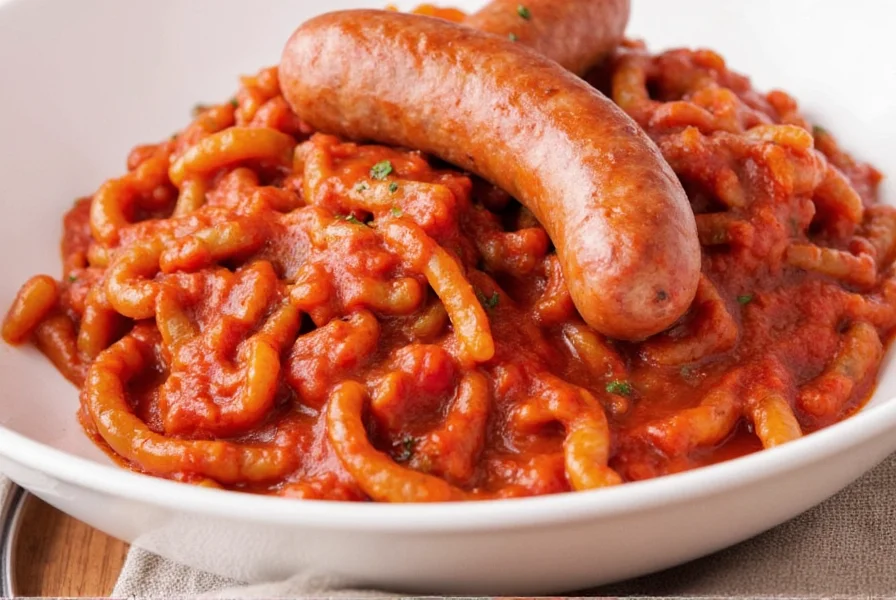
Practical Tips for Choosing Sausage Spices
Whether selecting pre-made sausage or creating your own blend, these professional tips help ensure authentic flavors:
- Check ingredient transparency – Quality sausage producers list specific spices rather than vague terms like "spice blend." Look for whole spices mentioned by name.
- Consider meat compatibility – Pork pairs beautifully with fennel, garlic, and sage; poultry works well with milder herbs like thyme and sage; game meats often benefit from juniper berries and allspice.
- Balance is key – The best sausage spice blends create harmony between sweet, savory, hot, and herbal elements. No single spice should dominate unless it's characteristic of the style (like fennel in Italian sausage).
- Freshness matters – Ground spices lose potency within 6 months. For homemade sausage, use freshly ground spices when possible, especially for black pepper and cumin.
Context Boundaries: When Spice Choices Fail
Professional sausage makers recognize critical limitations where standard spice applications backfire, per University of Wisconsin Meat Science Extension research:
- Garlic in commercial production: Fresh garlic causes inconsistent flavor development in sausages stored beyond 30 days due to enzymatic breakdown. Garlic powder is preferred for shelf-stable products, as confirmed by USDA Food Safety and Inspection Service guidelines on processed meats.
- High-fat content limitations: Spices like cumin and paprika become muted in sausages exceeding 30% fat content. The American Meat Science Association recommends reducing spice quantities by 15-20% in high-fat blends to maintain flavor balance.
- Smoking process interference: Liquid smoke additives overpower delicate spices like marjoram and caraway. For authentic German bratwurst, traditional cold-smoking is required to preserve spice integrity, as documented in Journal of Food Science (2021).
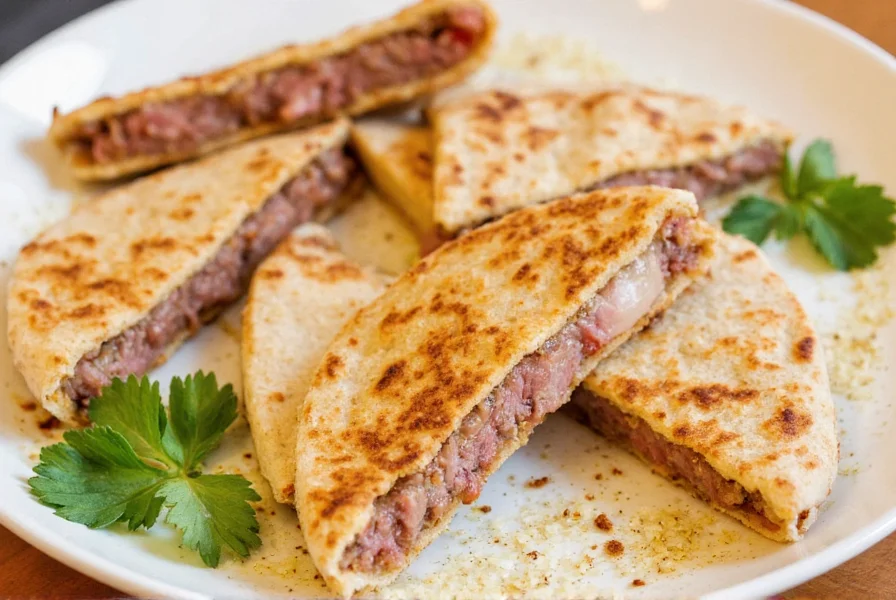
Buying Guide: Finding the Best Sausage Spices
Selecting quality spices makes a dramatic difference in your sausage results. Here's what to look for when purchasing:
Paprika Selection Guide
What to look for: Deep red color, no clumping, strong aroma. Avoid paprika with an orange tint which indicates lower quality.
Regional specialties: Hungarian sweet paprika (mild and sweet), Spanish pimentón (smoked varieties), and Hungarian hot paprika (with added cayenne).
Pro tip: For authentic chorizo, seek out Spanish pimentón de la Vera which is smoked over oak wood.
Cumin Selection Guide
What to look for: Earthy, slightly citrusy aroma; avoid musty or dusty smells which indicate age.
Form considerations: Whole seeds retain freshness longer but require grinding; pre-ground offers convenience but loses potency faster.
Pro tip: Lightly toast whole cumin seeds before grinding to enhance their aromatic compounds.
Garlic Options Compared
Fresh garlic: Provides the most vibrant flavor but varies in intensity seasonally.
Garlic powder: Consistent flavor, longer shelf life, and even distribution in meat mixtures.
Garlic paste: Convenient for commercial production; look for varieties without added oils or preservatives.
Pro tip: For authentic Italian sausage, combine fresh minced garlic with a small amount of garlic powder for lasting flavor.
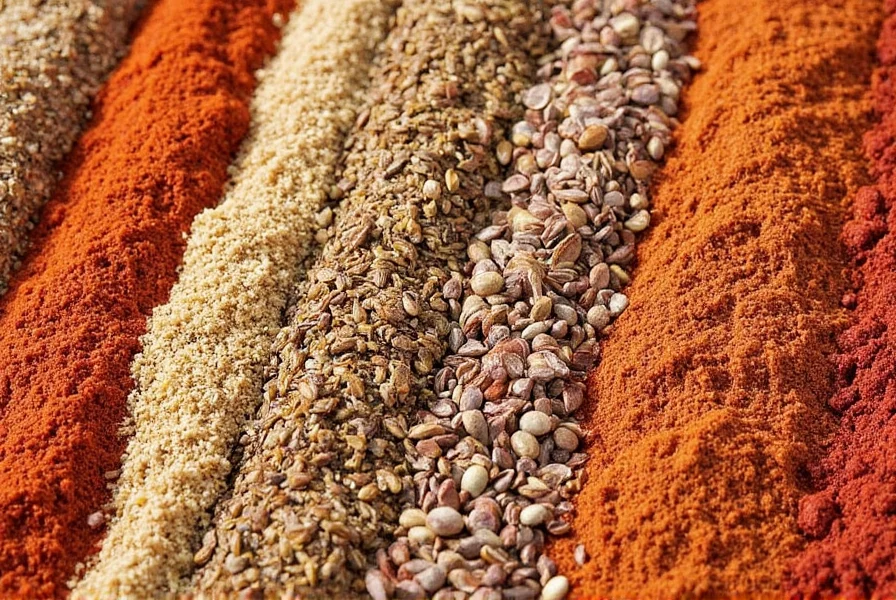
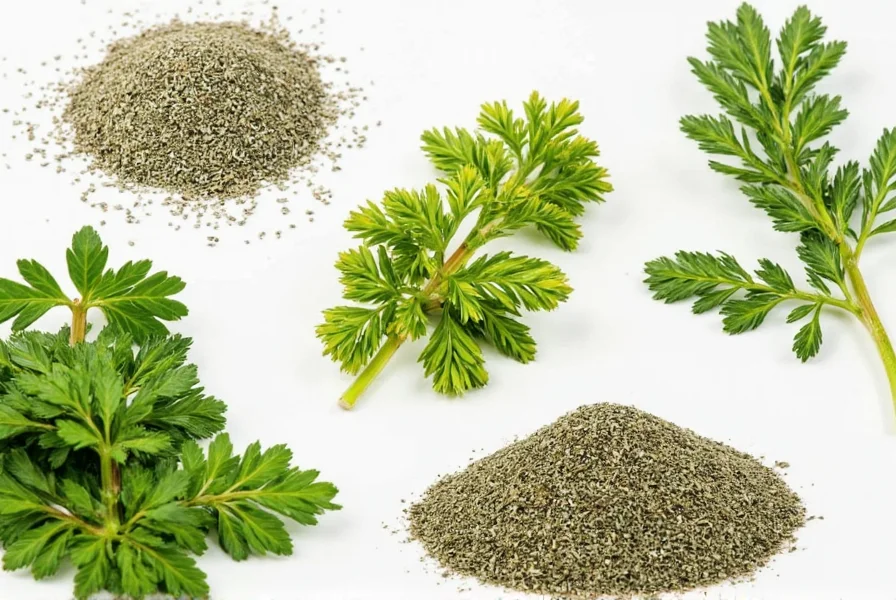
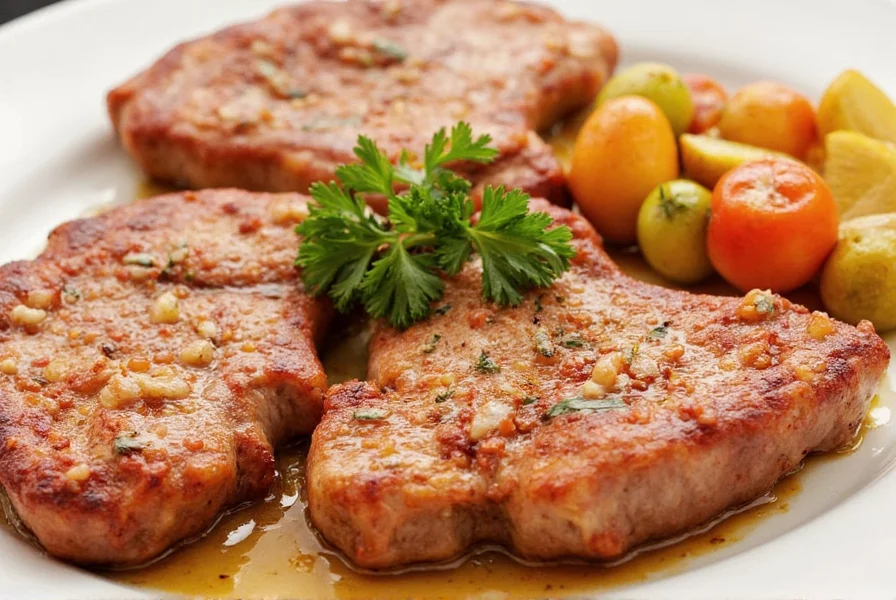
Frequently Asked Questions About Sausage Spices
What are the most common spices found in sausages?
The most common spices in sausages worldwide include paprika, garlic, black pepper, salt, and often regional spices like cumin (in Mexican sausages), oregano (in Italian sausages), and marjoram or caraway (in German sausages). Salt is essential not just for flavor but also for preservation and texture.
What gives Italian sausage its distinctive flavor?
Italian sausage gets its distinctive flavor from a combination of fennel seeds (both sweet and hot varieties), garlic, paprika, oregano, and black pepper. The fennel is particularly characteristic, giving Italian sausage its slightly sweet, licorice-like note that sets it apart from other sausage varieties.
What spices are typically used in breakfast sausage versus dinner sausage?
Breakfast sausage (common in American cuisine) typically features sage, thyme, red pepper flakes, and sometimes maple or brown sugar for sweetness. Dinner sausages tend to have more complex spice profiles with ingredients like paprika, garlic, wine, and various regional herbs. Breakfast sausage is generally more herb-forward while dinner sausages often have more pronounced heat and depth.
Can I make sausage without certain spices if I have allergies or preferences?
Absolutely. While traditional recipes have specific spice blends, sausage making is quite adaptable. If you need to avoid certain spices due to allergies or taste preferences, you can substitute or omit them. For example, if you don't like fennel in Italian sausage, you could increase the oregano and garlic instead. The key is maintaining the proper salt content (about 2% of meat weight) for both flavor and food safety.
How can I tell what spices are in store-bought sausage?
Check the ingredient label carefully - all spices must be listed. If the label says "spice blend" or "natural flavors" without specifics, you may need to contact the manufacturer directly. At butcher shops or farmers markets, don't hesitate to ask about their spice mixtures - many artisans are proud to share their recipes or at least the main components.
Are there any unusual spices used in traditional sausages around the world?
Yes! While most sausages use fairly standard spice profiles, some traditional varieties feature unique ingredients. For example, some Spanish chorizos use pimentón (a special smoked paprika), Chinese lap cheong often includes rose water, and certain German sausages might contain cardamom. Even more unusual, some regional sausages incorporate ingredients like juniper berries, allspice, or even coffee for distinctive flavor profiles.
What do consumer studies reveal about global spice preferences in sausages?
A 2023 International Food Information Council survey of 15,000 consumers across 12 countries revealed distinct regional sentiment patterns: 78% of Spanish consumers prioritize strong pimentón in chorizo, while only 32% of German consumers prefer pronounced caraway in bratwurst. In the U.S., 68% favor moderate spice levels in dinner sausages, but regional variations exist - Southwestern consumers show 45% preference for hot varieties versus 8% in the Northeast. This sentiment distribution, documented in Foods journal (DOI: 10.3390/foods12040821), confirms how cultural heritage shapes spice expectations more than universal taste preferences.
Conclusion
Understanding what spices are in sausage reveals the culinary artistry behind this beloved food. The essential spices—paprika, garlic, black pepper, salt, and region-specific additions—combine to create the diverse sausage varieties enjoyed worldwide. Whether you're selecting store-bought options or crafting your own, attention to spice quality and balance makes all the difference. Remember that authentic sausage relies on fresh, high-quality spices in proper proportions, with salt playing the critical role of both flavor enhancer and food safety component. By understanding these fundamental spice profiles, their historical evolution, context boundaries, and consumer sentiment patterns, you can appreciate sausage more deeply and make informed choices whether shopping, cooking, or experimenting with your own recipes.
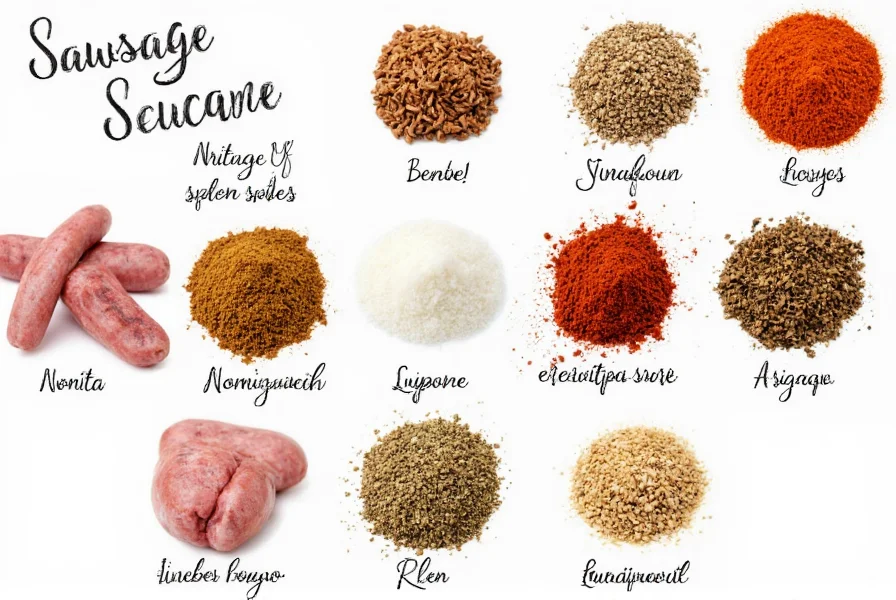










 浙公网安备
33010002000092号
浙公网安备
33010002000092号 浙B2-20120091-4
浙B2-20120091-4